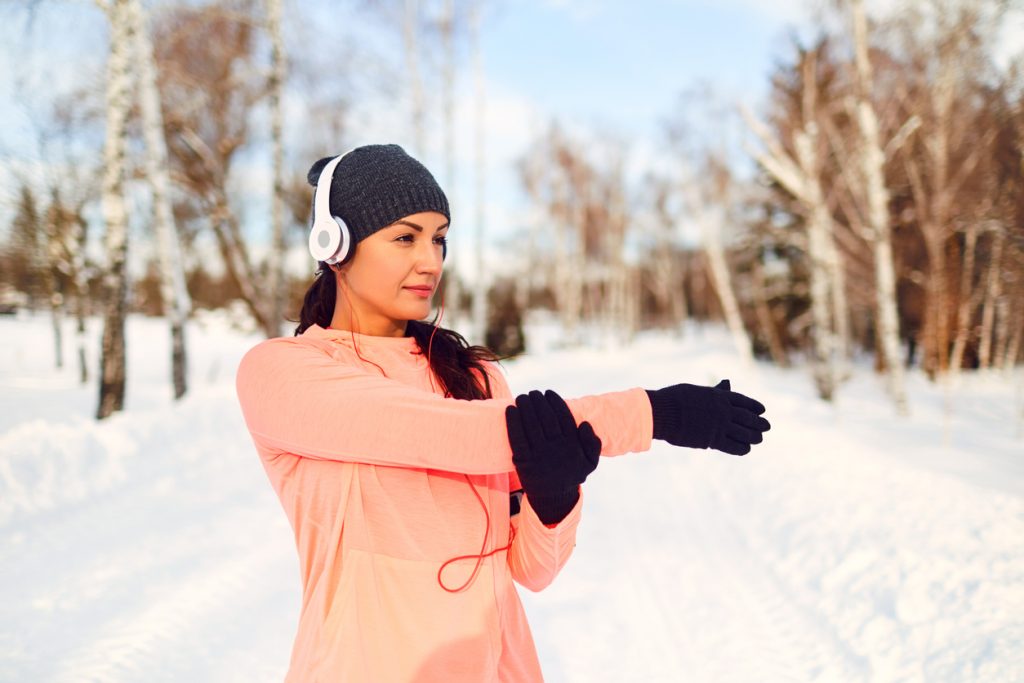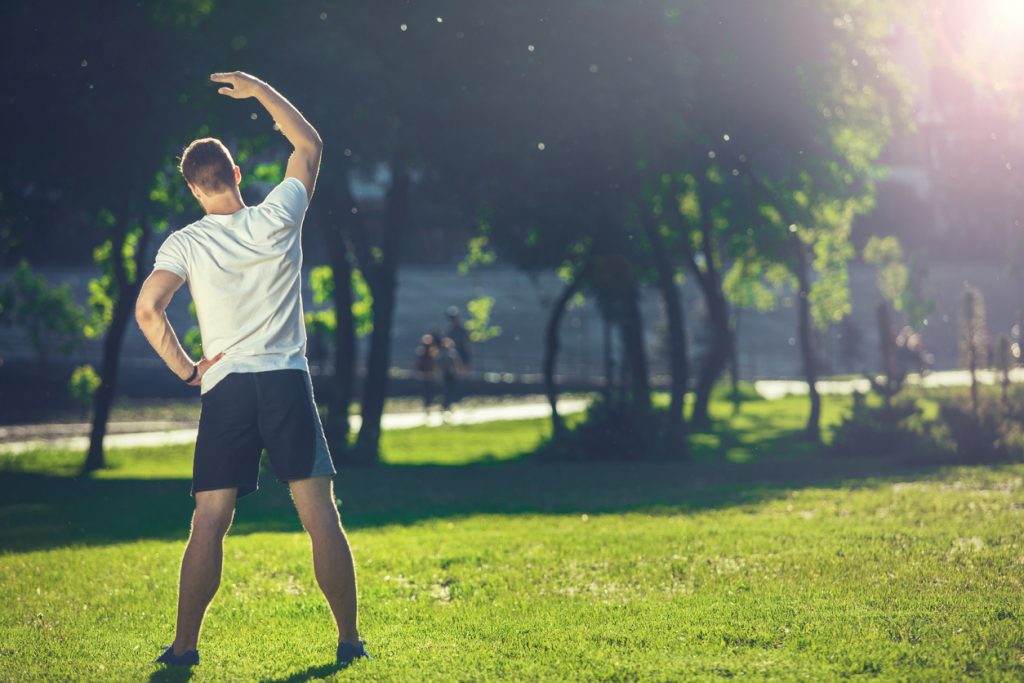Playing sports in cold weather is not an idea that most people would consider. Going outside to run on frozen grass fields or in a frozen park in the early morning and staying on the couch drinking hot chocolate, the choice is quickly made.
If you think about it more deeply, it's not really the fact that we do sport when it's cold that demotivates us. It is rather the fact that our body feels the cold, and that we have difficulty warming up: the muscles are tense, the blood circulates less, and the warm-ups are not as effective as on a beautiful spring morning.
However, you can adapt your training and your warm-ups to the cold. Here are 9 tips for adapting your training and warm-up to the cold. Advice from Vincent Costa, sports consultant.
But first, let's find out what the cold does to the body.
The consequences of cold on the body
The cold has several consequences on the body.
- During the winter our body temperature drops. When this happens, the blood capillaries undergo vasoconstriction, which slows down the blood flow to the muscles. This vasoconstriction occurs on the extremities of the body and lowers the temperature of the skin surface in general (cold skin on the fingers and feet). This vasoconstriction also concentrates the blood flow to the organs (heart, brain, spinal cord) that need to supply the body with heat. This is the principle of thermoregulation, which consists of maintaining a constant body temperature in the face of environmental changes.
- The cold causes respiratory damage, especially for people with asthma. Without warming up, undertaking intensive physical activity will cause a burning sensation in the airways due to dryness and irritation of the respiratory mucosa.
- Finally, the level of concentration and activation decreases. The body's sensations become less good. The body finds it difficult to carry out gestures. Spatial orientation is also impaired.
The coach 9 tips
To cope with the cold and these physiological phenomena that hinder the smooth running of physical efforts, here are 9 tips to apply during training and warm-ups.
1- Do a progressive warm-up: this is one of the basic principles of warm-up. You should gradually increase the intensity and prepare the body for the effort without rushing it. A warm-up that starts at too high an intensity increases the risk of injury and decreases recovery capacity.
2- Warm up for a longer period of time: the longer you warm up, the more the body will reach the right temperature to start the physical activity. During cold weather, it is advisable to warm up for 15 to 25 minutes, depending on the activity.
3- Carry out a cardiovascular warm-up: to activate the blood circulation, increase the body temperature and bring the necessary nutrients to the muscles for the activity, it is advisable to do some fast walking, cycling or light jogging.
4- Do a "Russian" warm-up: the Russian warm-up consists of low-intensity, progressive muscle strengthening exercises. To do this, you need to contract/stretch the muscle to create a pump effect. This will activate the blood flow to the area being exercised and increase the intramuscular temperature. However, you must be careful not to tire yourself out before the session.
5- Warm up the joints: In order to prepare the joints to withstand the traumas caused by training, it is necessary to rotate the joints slowly and in various amplitudes. This helps to "lubricate" your joints. It is best to do this indoors, as remaining static outside will reduce body heat.
6- Avoid cold stretching: In order to avoid lowering the body temperature when it is cold, you should avoid staying static for too long. Stretching the muscle for too long can lead to an interruption of the blood supply, which is contrary to the very principle of the warm-up, which is to vascularise the areas being worked on.
7- Avoid moments of inactivity: during training, you must avoid moments of inactivity. Even during rest time, it is advisable to remain active. In case of a long break, it is advisable to get dressed completely.
8- Adapt equipment to the cold: during winter, even if you are prepared to undertake physical activities, it is advisable to dress warmly when warming up and during rest periods. Do not hesitate to protect your extremities during your session, with gloves, a hat, a scarf (or high collar), to maintain the surface temperature. However, make sure that the clothing you wear wicks away perspiration well in the first layer, and that it is more insulating and protective in the second layer.
9- Massage with heating balms: to prepare the muscles for the effort, there is nothing like a massage with heating balms.


